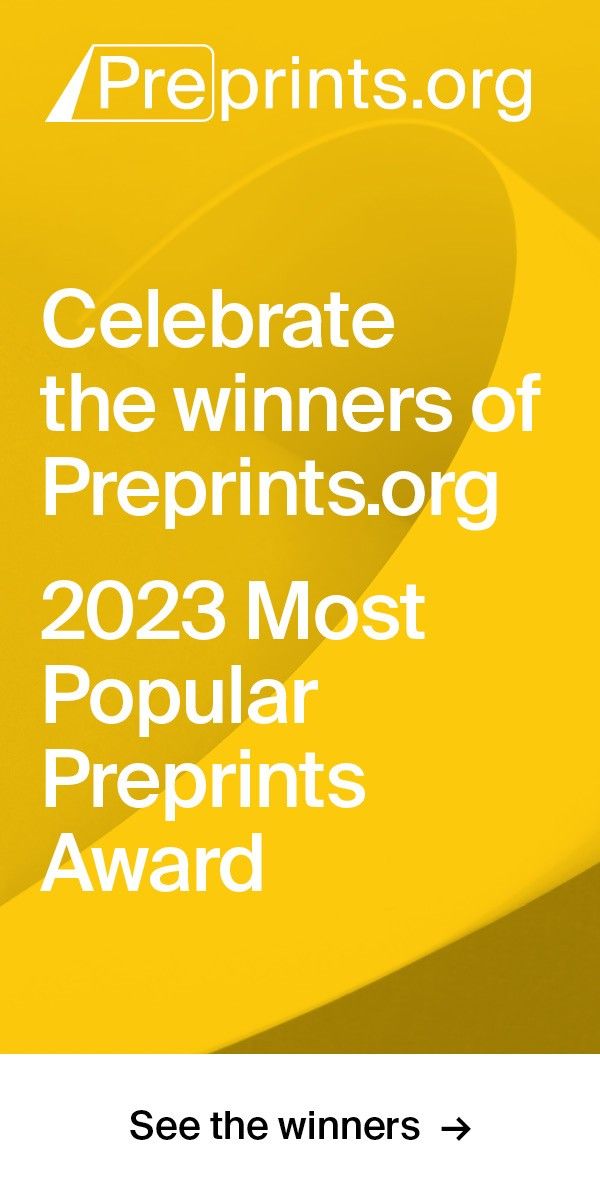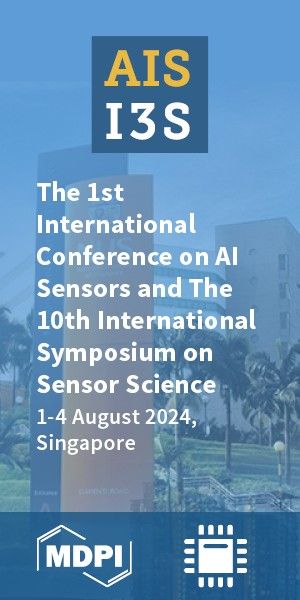Article
Version 1
This version is not peer-reviewed
A New Approach to Detecting and Designing Living Structure of Urban Environments
Version 1
: Received: 10 April 2021 / Approved: 12 April 2021 / Online: 12 April 2021 (13:03:42 CEST)
How to cite: Jiang, B.; Huang, J.-T. A New Approach to Detecting and Designing Living Structure of Urban Environments. Preprints 2021, 2021040305 Jiang, B.; Huang, J.-T. A New Approach to Detecting and Designing Living Structure of Urban Environments. Preprints 2021, 2021040305
Abstract
Sustainable urban design or planning is not a LEGO-like assembly of prefabricated elements, but an embryo-like growth with persistent differentiation and adaptation towards a coherent whole. The coherent whole has a striking character – called living structure – that consists of far more small substructures than large ones. To detect the living structure, natural streets or axial lines have been previously adopted to be topologically represent an urban environment as a coherent whole. This paper develops a new approach to detecting the underlying living structure of urban environments. The approach takes an urban environment as a whole and recursively decomposes it into meaningful subwholes at different levels of hierarchy or scale ranging from the largest to the smallest. We compared the new approach to natural street and axial line approaches and demonstrated, through four case studies, that the new approach is better and more powerful. Based on the study, we further discuss how the new approach can be used not only for understanding, but also for effectively designing or planning the living structure of an urban environment to be more living or more livable.
Keywords
urban design or planning; structural beauty; space syntax; natural streets; life; wholeness
Subject
Social Sciences, Urban Studies and Planning
Copyright: This is an open access article distributed under the Creative Commons Attribution License which permits unrestricted use, distribution, and reproduction in any medium, provided the original work is properly cited.
Comments (0)
We encourage comments and feedback from a broad range of readers. See criteria for comments and our Diversity statement.
Leave a public commentSend a private comment to the author(s)
* All users must log in before leaving a comment







